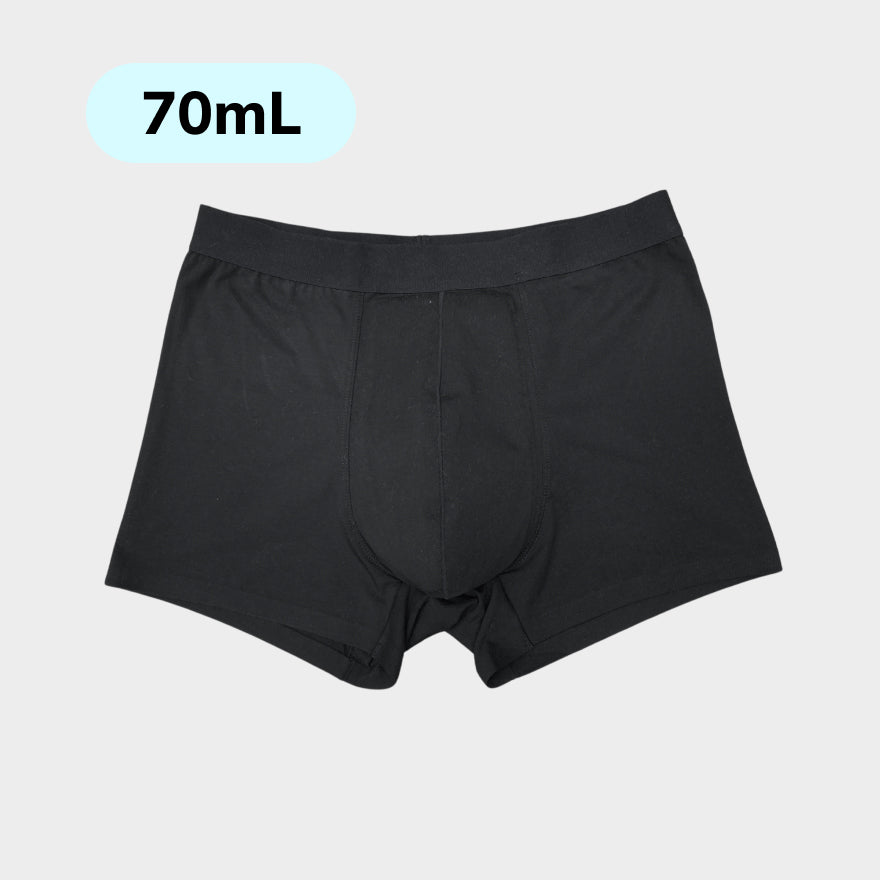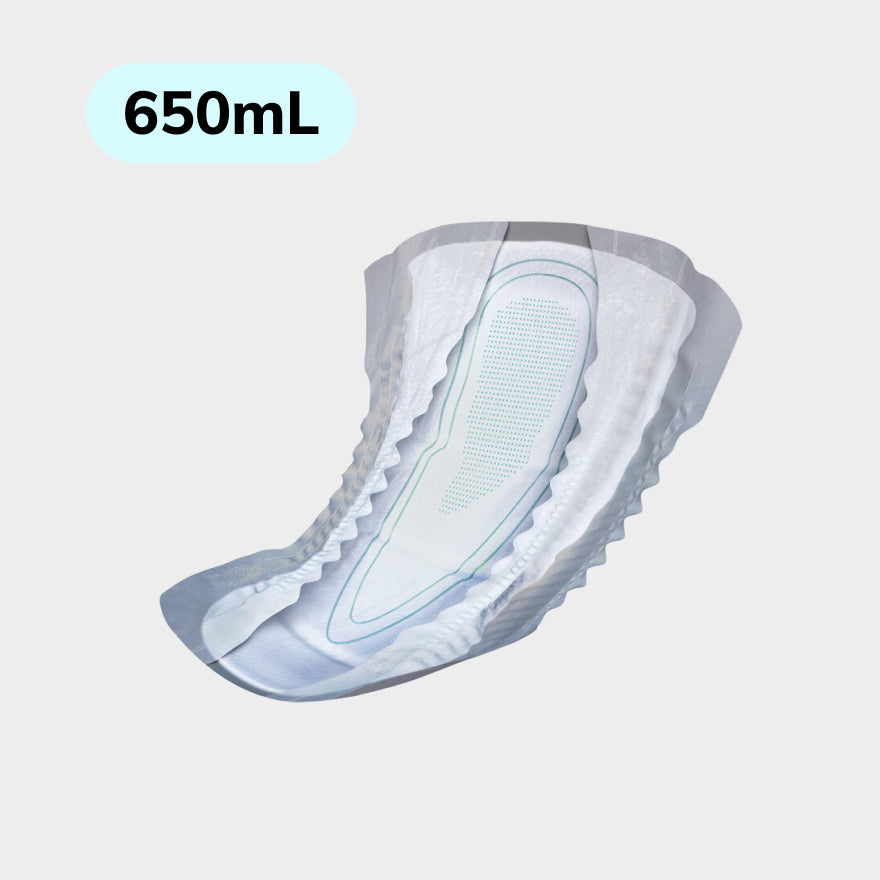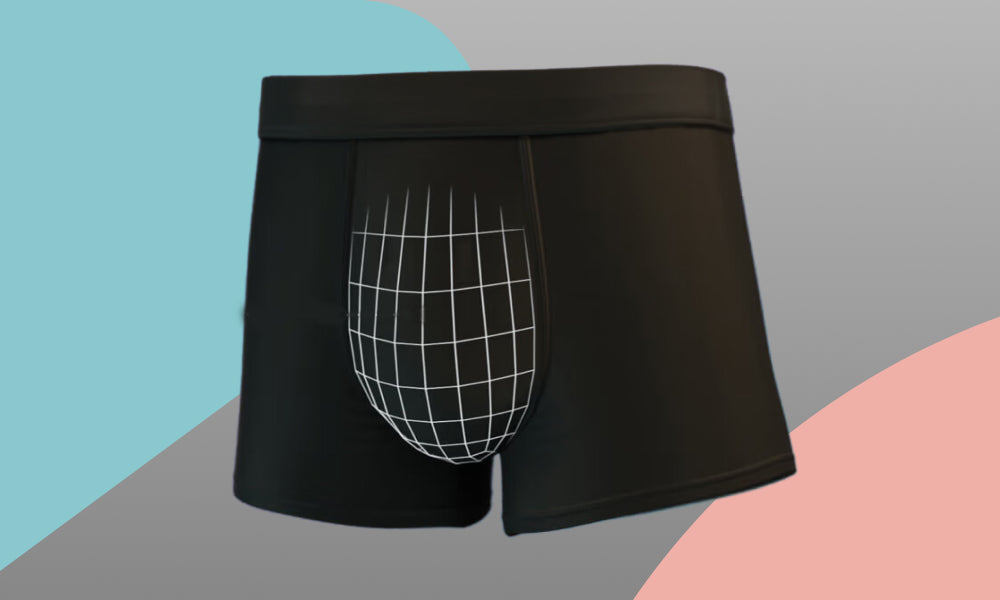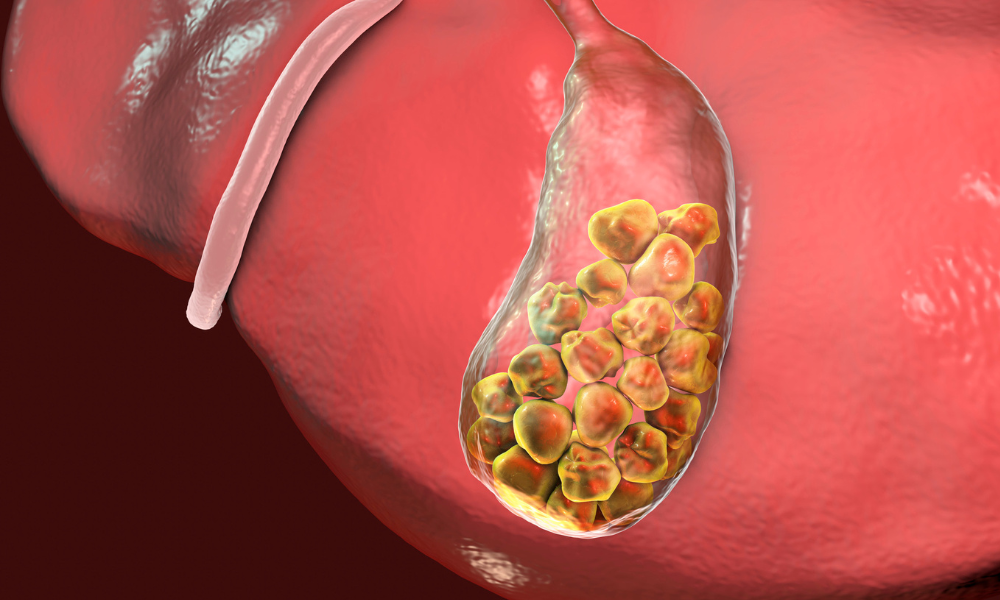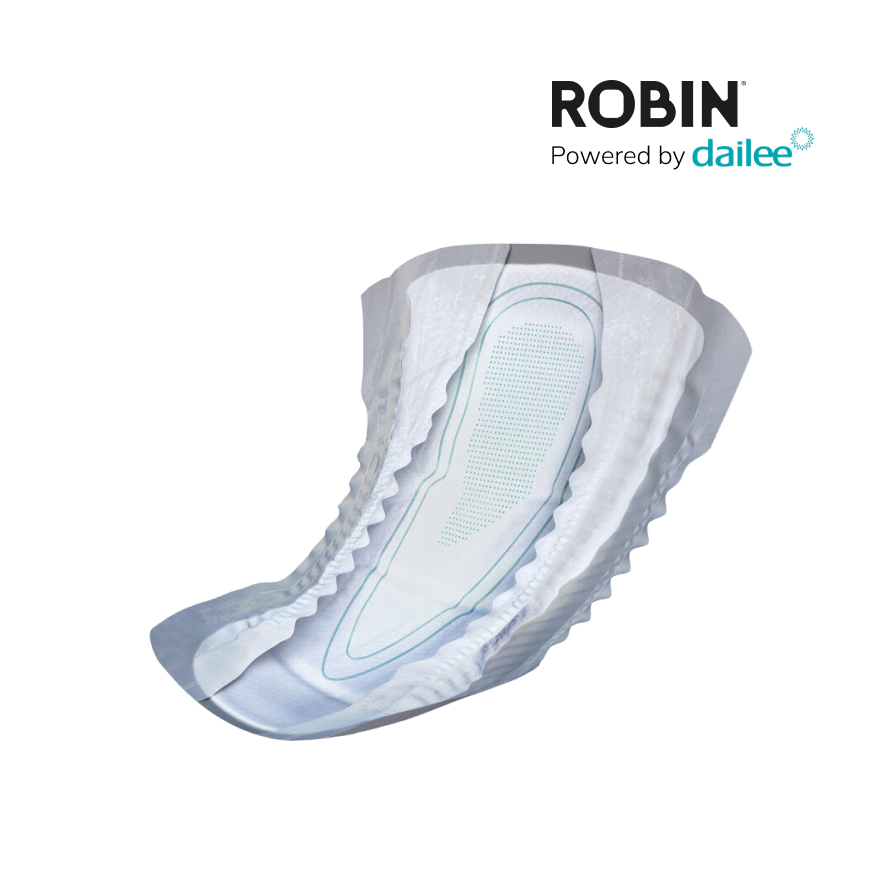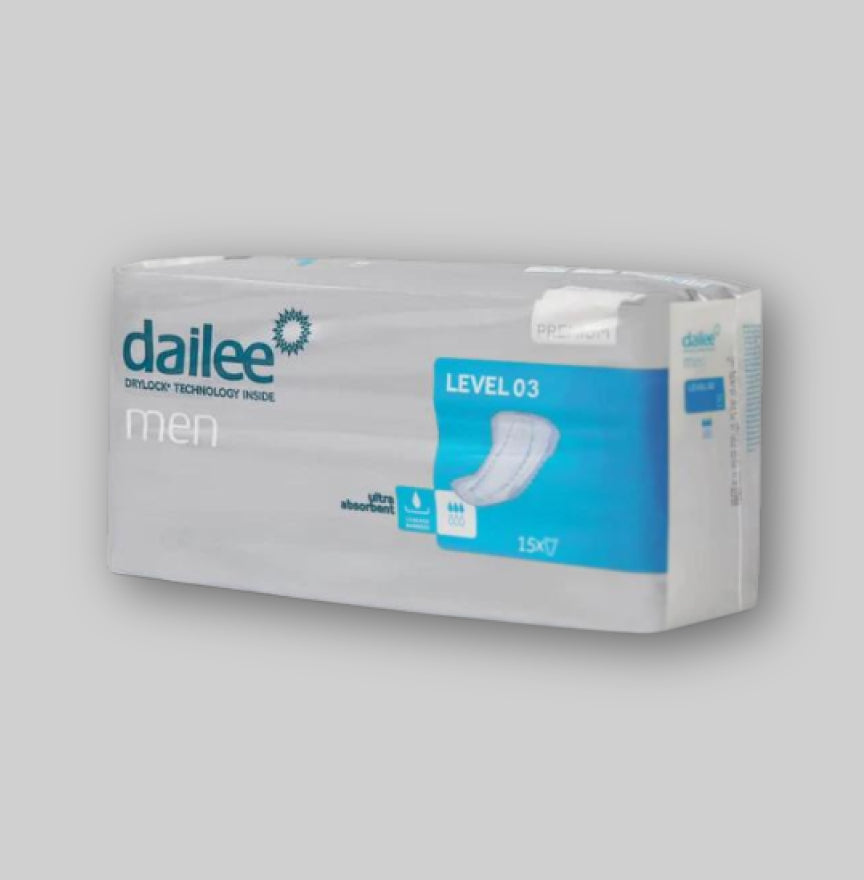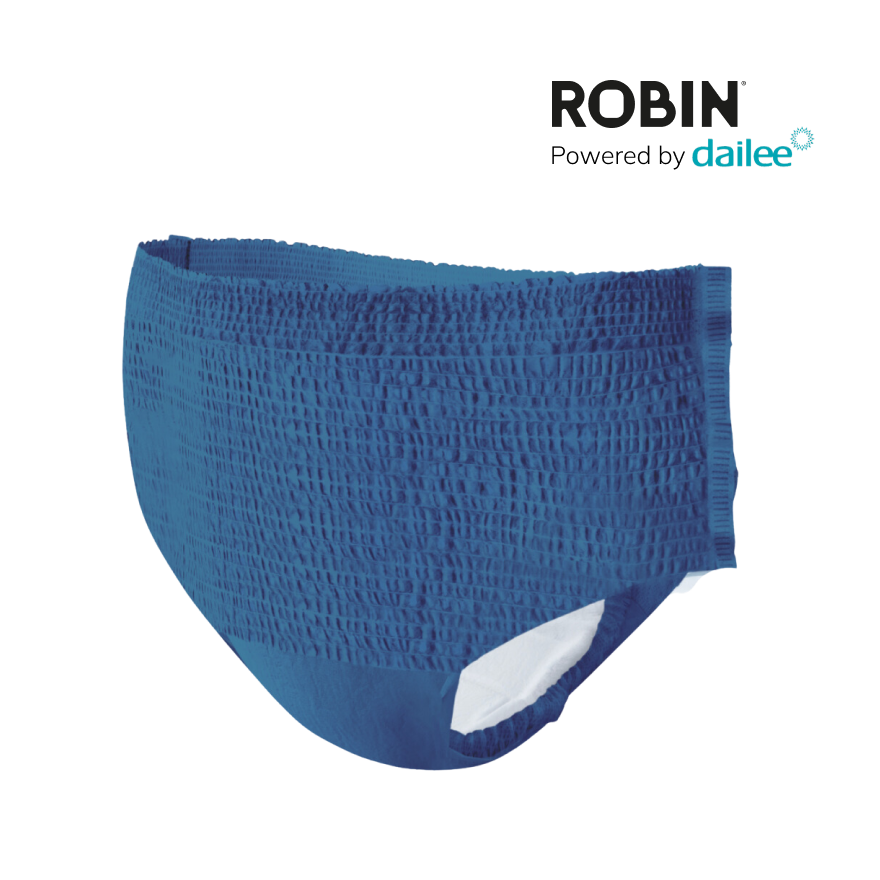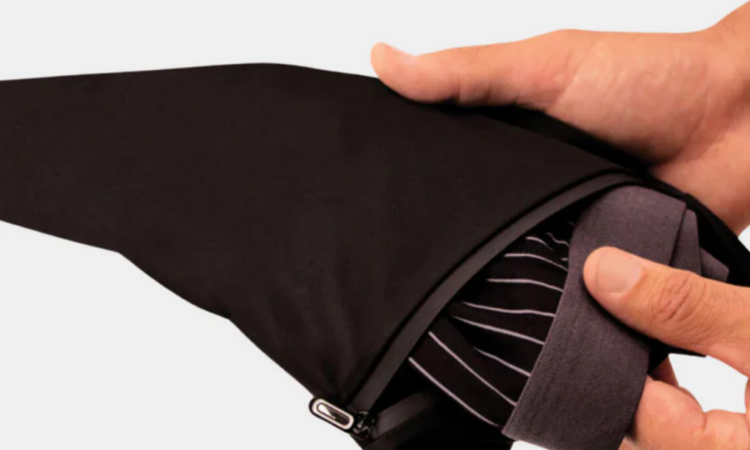What are Bladder Stones?
Imagine your bladder as a reservoir that stores urine. Sometimes small hard deposits called bladder stones can form there.
Bladder stones are formed when certain substances in your urine crystallize and clump together. This can happen when the concentration of these substances is too high, for example due to insufficient fluid intake or an unbalanced diet.
Symptoms of Bladder Stones
Recognizing bladder stones is crucial for timely treatment. Common symptoms include:
- Pain when urinating
- Frequent urination
- Blood in the urine
- Lower abdominal pain
Diagnostic Methods
Diagnosing bladder stones involves several steps. Typically, a combination of physical examination, urinalysis, and imaging techniques such as ultrasound and x-rays are used.
Treatment options for bladder stones?
Medical Treatment
For small bladder stones, medication can help to naturally expel them. Drinking plenty of water can also help flush the stones.
Non-Invasive Procedures
ESWL (extracorporeal shock wave lithotripsy) is a popular method. Shock waves are used to break up the stones so that they can be passed through the urine.
Surgical Interventions
For larger stones, surgical intervention may be necessary. Procedures such as cystoscopy and percutaneous suprapubic cystolithotomy are often used.
Prevention of Bladder Stones
Diet and Hydration
A healthy diet and adequate hydration are essential. Reducing your intake of oxalate-rich foods can help prevent stone formation.
Regular Check
For people with a history of bladder stones, regular medical check-ups are important. This helps to detect and treat new stones early.
Conclusion
Bladder stones can be painful and bothersome, but with proper treatment and preventative measures, they can be effectively managed and prevented. Always consult a doctor for a proper diagnosis and treatment plan.
